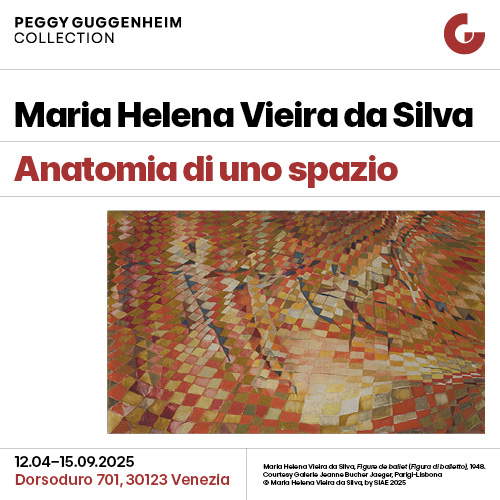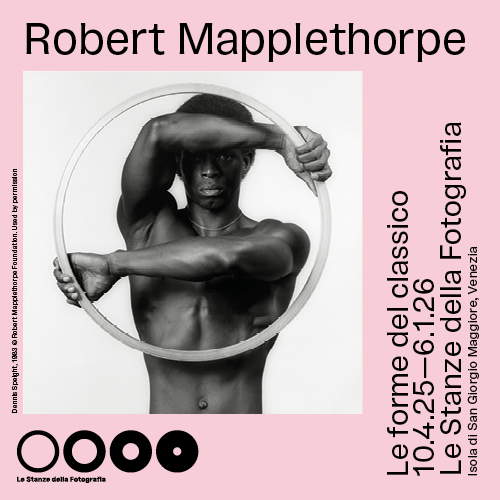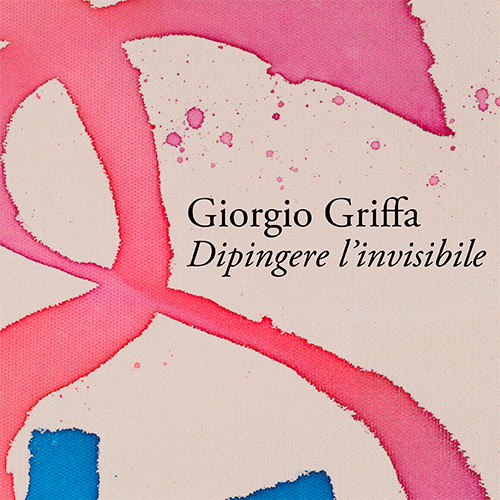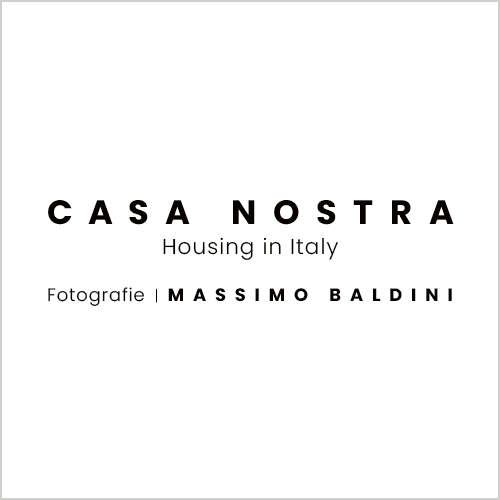Milan is enriched by Giant Sunflower, Mauro Seresini's flower for Ukraine
Against a dramatic backdrop, an imposing three-meter-high sculpture has made its way into Milan’s Library of Trees, where the war in Ukraine seems to materialize through a symbol that evokes both hope and suffering. (Un)forgotten Ukraine - A symbol of hope, a reminder of loss is the work by artist Mauro Seresini, which stands as a powerful warning and a reminder of collective memory, lest we forget a conflict that, three years after its outbreak, continues to claim victims and destroy entire generations. The sunflower, an emblematic symbol of Ukraine, is a reminder of a still-open wound that widens with new tragedies every day. The work, supported by the European Commission Representation for Northern Italy and the European Parliament Office in Milan, with the collaboration of CESVI Foundation, Factanza Media and Mirror, has as its main objective not to allow Ukraine to be forgotten as it struggles for its freedom and territorial integrity. The sculpture is part of a series of initiatives designed to keep international attention on the ongoing humanitarian drama as the European community commits extraordinary resources to support the Ukrainian people on their long road to peace.
More than three years after the Russian invasion, the number of civilian casualties has never been higher: more than 40,000 dead and wounded, and some 10 million people forced to leave their homes. Under these conditions, more than 12 million Ukrainians still need urgent humanitarian assistance. This is an alarming figure, and one that finds a concrete response in the continued action of the European Commission, which has provided more than 135 billion euros in aid. The EU has put in place measures ranging from energy and security support, to rebuilding infrastructure destroyed by the war, to hosting millions of refugees. The Milan initiative is a testament to how much more the international community must do to not let the conflict fall into oblivion. The opening ceremony, which was attended by numerous institutional figures, including Giuseppe Sala, Mayor of Milan, and Claudia Colla, underscored the importance of keeping media and political attention on the conflict high. Also speaking during the event were Giorgio Gori, MEP, and Andrii Kartysh, Consul General of Ukraine, who reiterated how the metal sunflower is a statement of solidarity. Raffaele Cattaneo, Undersecretary to the Presidency of the Lombardy Region with responsibility for international and European relations, and Ukrainian writer Yaryna Grusha who read a passage from Viktoriya Amelina, one of the victims of the conflict, who was killed in 2023 in Kramatorsk.
Meanwhile, the war spares no aspect of civilian life. In addition to human losses, infrastructure is devastated: schools, hospitals, homes. About 2 million homes have been destroyed, and thousands of public facilities no longer exist. A drama that is also reflected in the psychological emergency afflicting the country. More than 1.5 million children are at risk of psychological disorders, and millions of adults are living with the trauma of the conflict. The psychology of war is an invisible but crucial dimension that makes reconstruction even more arduous. Seresini’s work thus fits into a complex picture, where art becomes a tool of memory and testimony, but also of hope. The sunflower, a universal symbol of light and life, becomes a sign that invokes a future in which Ukraine’s suffering can finally be overcome. The project thus aims to raise awareness not only of the numbers and suffering, but also of the urgency of a global response.
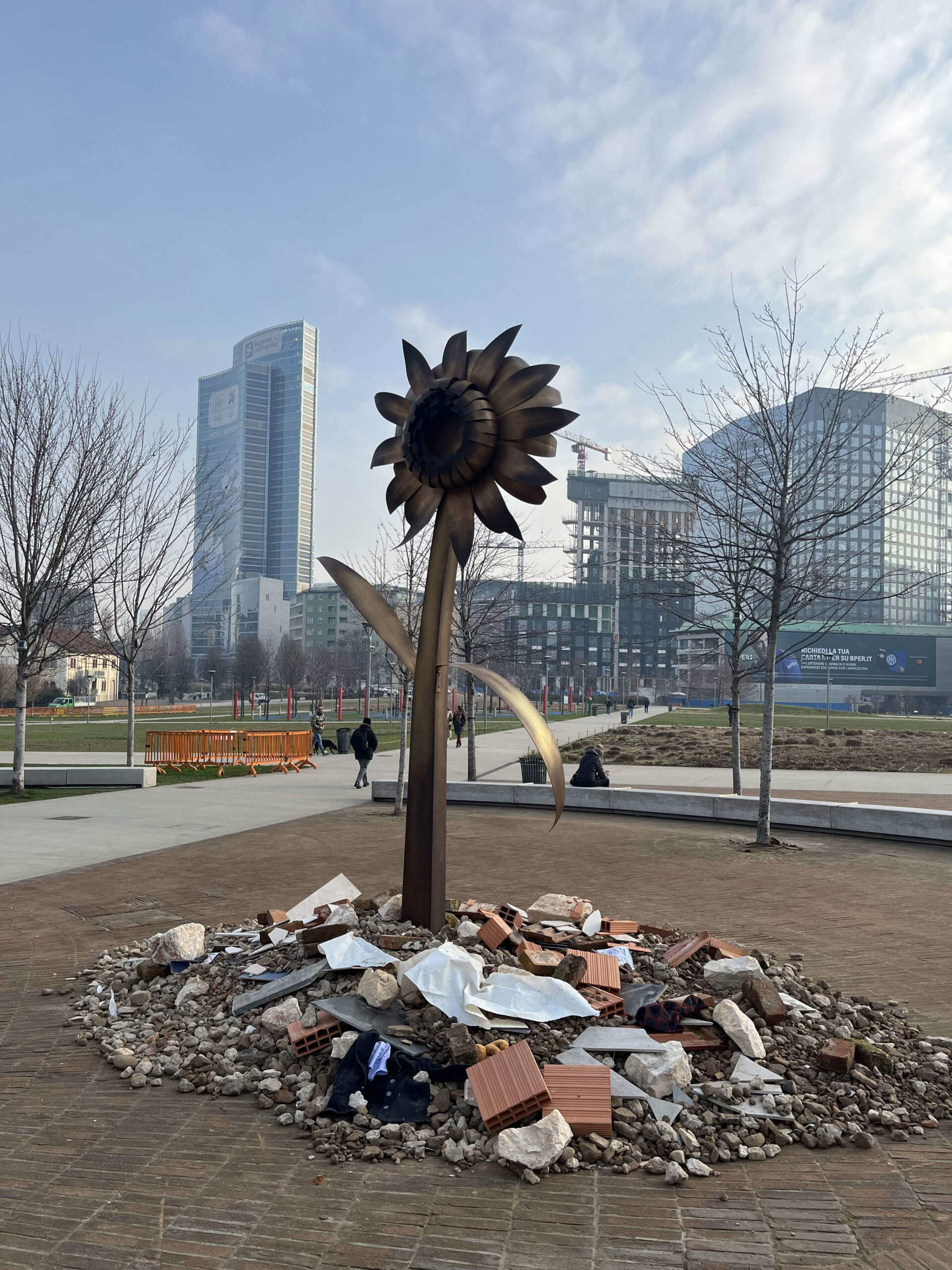
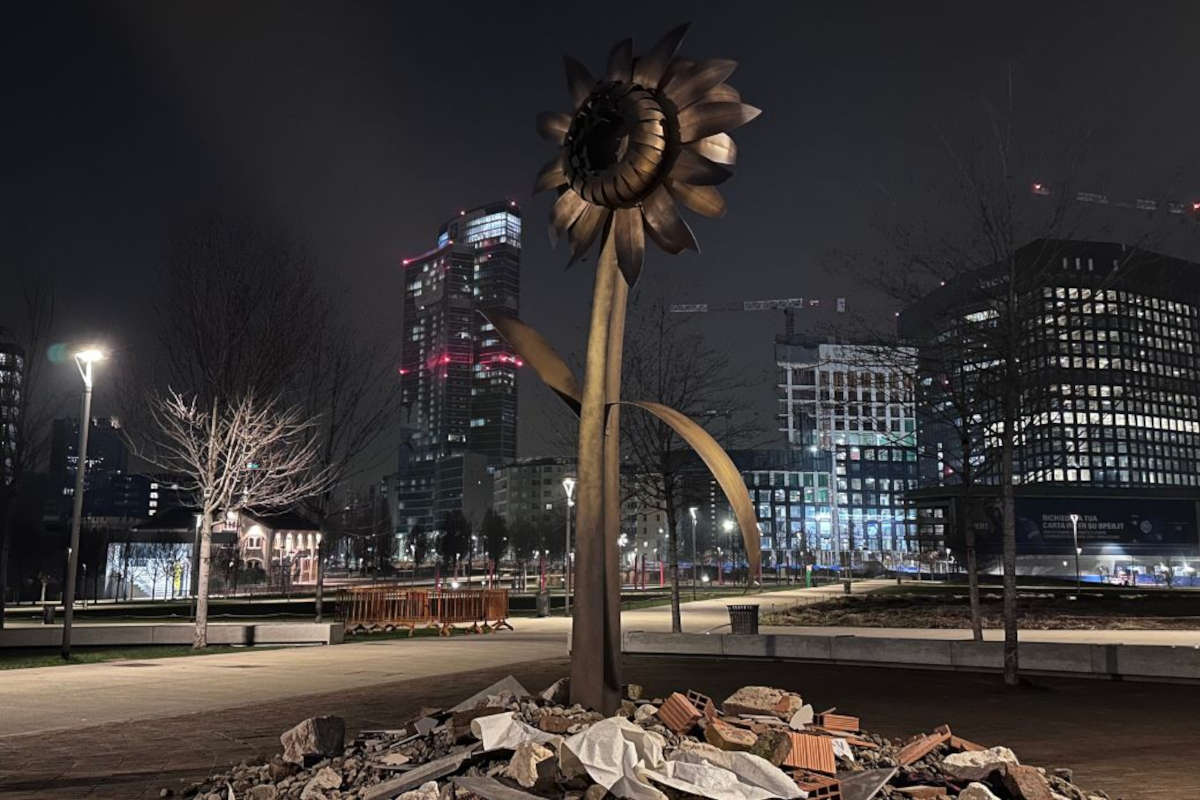
“The European Union will stand by Ukraine for as long as necessary. No one wants peace more than the Ukrainian people, and you cannot decide about Ukraine without Ukraine if you want a peace that is just and lasting,” reiterated Claudia Colla, Head of the European Commission’s Representation for Northern Italy, paraphrasing President Ursula von der Leyen. “That is why the European Union will continue to provide solidarity and support to Ukraine and its people. The European Commission strongly wanted this local but international project: with the sunflower, the symbol of the Ukrainian people, we want to pay tribute to the resistance and hope of all Ukrainians and Ukrainians. Collectively, the European Union is the largest aid donor in the world, and since the beginning of the conflict, the European Commission has allocated substantial humanitarian aid, providing essential assistance including food, drinking water, emergency shelter, and health support to the Ukrainian people. The sunflower tells us how support also comes through the small gestures of those who visit this installation and reminds us that it is through our commitment that we can continue to hope for a just and lasting peace. Ukraine is a sovereign and democratic nation that has freely decided to join our European family.”
“As we have stated since the dawn of the conflict,” said Maurizio Molinari, Head of the European Parliament Office in Milan, “the position of the European Parliament is clear: condemnation of the brutal Russian aggression and support for the Ukrainian people. With this installation, we want to celebrate the resilience and hope of the Ukrainian community, which, since the outbreak of hostilities, continues to recall the values of freedom and democracy. We hope that this will be the last anniversary of the invasion to have to be remembered and that any negotiations toward a just peace will take place with Ukraine’s best interests in mind and with Ukraine’s full involvement. As President Roberta Metsola says: ’Nothing about Ukraine, without Ukraine.’”
“From the very early stages of the emergency in Ukraine CESVI has been active in supporting the displaced population,” explained Gloria Zavatta, President of CESVI, “first through reception and protection interventions in the neighboring countries (Hungary, Romania, Poland) by setting up tents to provide shelter and refuge, and contextually with the distribution of essential products (blankets, mattresses, food, powdered milk, etc.) within the country. In April 2022 CESVI was the first Italian humanitarian organization to enter Bucha after the Russian devastation. Here it intervened with the reconstruction of educational infrastructure, including the ”Rainbow“ kindergarten, which now accommodates 700 children, supporting five other school facilities; in 3 of these it also helped with the construction of bomb shelters. In the winter of 2023, CESVI set up 39 safe and heated facilities, providing shelter and comfort to thousands of people. It also established a Psychological Support Center in the city and Kyiv Region and also provided furniture and equipment to the Regional Mental Health Center in Vorzel. Right now, in addition to psychosocial interventions, CESVI is working in the Kharkiv and Donetsk Oblasts to be able to provide health care for about 9,000 people. Training interventions - 720 training sessions for 14,400 people - and awareness-raising on the issue of mine removal scattered over vast tracts of territory, especially in the eastern regions of the country, are underway. While this war has been going on for three years now, public attention is waning more and more. With this initiative we want to raise awareness of a serious humanitarian crisis taking place not far from us and to shine a spotlight again on the enormous needs of the population exhausted both physically and psychologically.”
“Having the privilege of being able to speak to a wide audience in a clear and accessible way,” says Bianca Arrighini, CEO and Co-founder of Factanza Media, “we have embraced and taken an active part in this initiative with the goal of helping to keep the spotlight on the humanitarian crisis in Ukraine on, giving a voice to those in danger of being forgotten. The sunflower is an emblem of strength and is also a symbol of Ukraine: it represents the resilience of a people and the need not to look away from their suffering and difficulties. Through our daily efforts in creating new ways of informing and involving the younger generation, we want, therefore, to stimulate collective reflection and concrete action of solidarity especially among the younger generation.”
“Being able to represent with my art such a powerful symbol to give voice to the suffering of a people,” says artist Mauro Seresini, “but at the same time to its resilience, is an honor for me. I am a paper artist, but on this special occasion my sunflower will be made of metal to convey on the one hand the strength of the material, but on the other hand its malleability, which bends and transforms but does not break, like Ukraine, which despite the drama it has experienced, is still standing, proud and tenacious.”
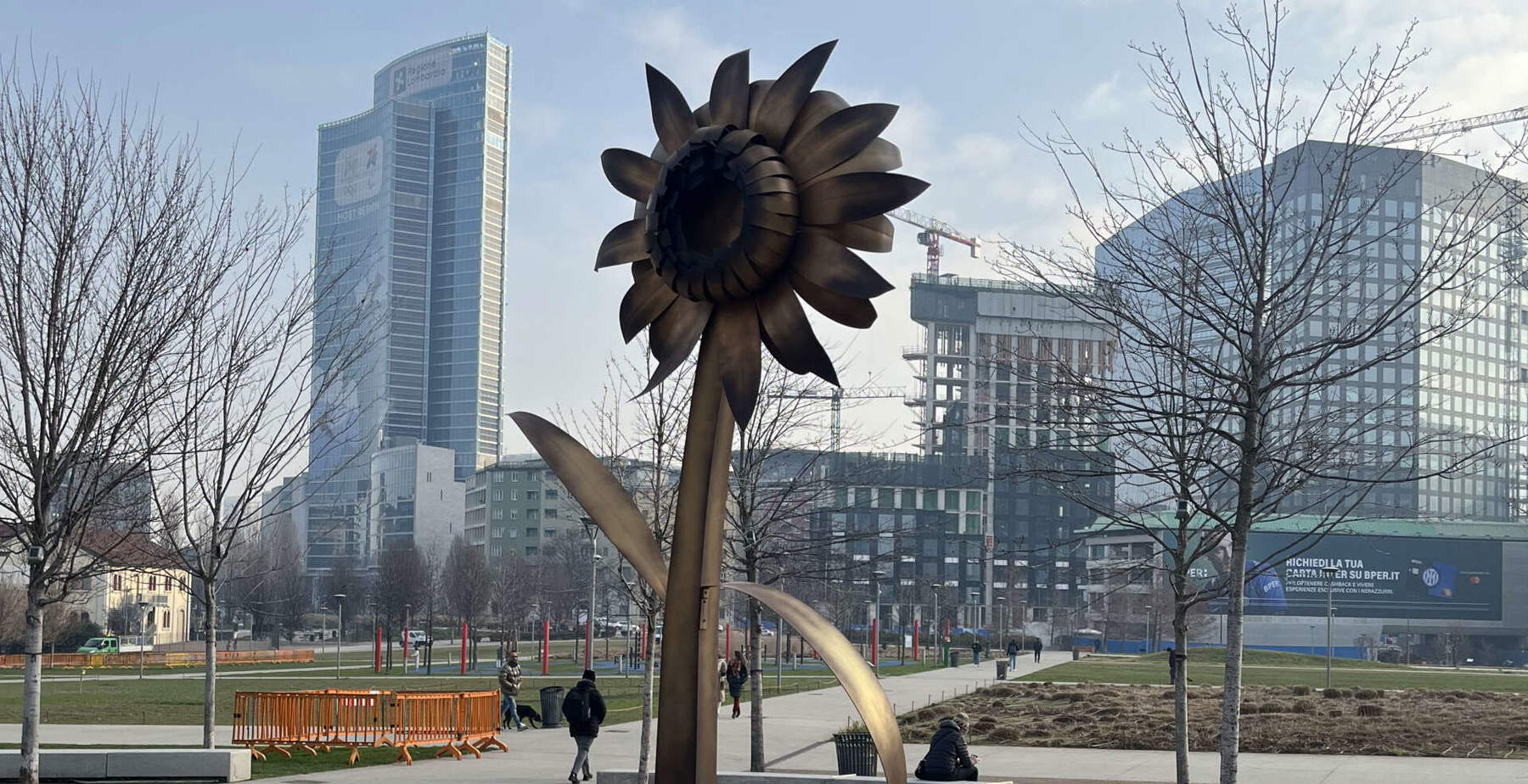 |
| Milan is enriched by Giant Sunflower, Mauro Seresini's flower for Ukraine |
Warning: the translation into English of the original Italian article was created using automatic tools. We undertake to review all articles, but we do not guarantee the total absence of inaccuracies in the translation due to the program. You can find the original by clicking on the ITA button. If you find any mistake,please contact us.





